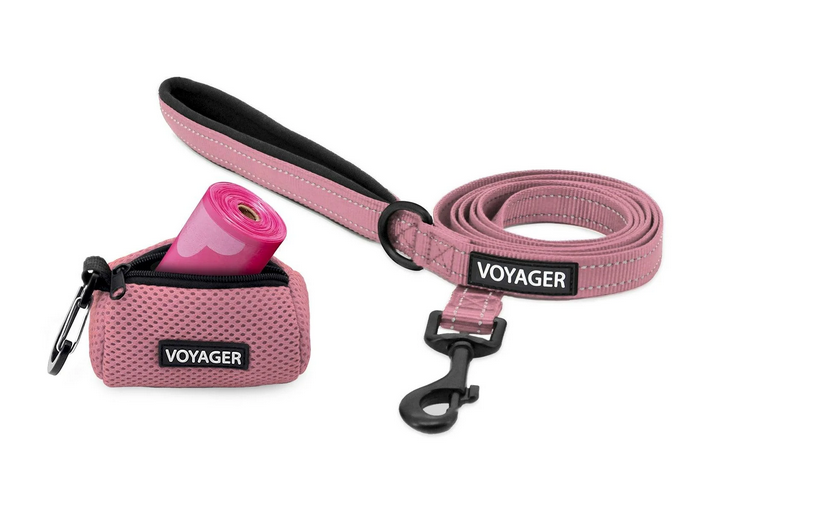
Most of us don’t even think about it, we just clip on a dog leash and collar and head out the door. But that small act is the result of thousands of years of history. Dogs have been at our side through war, farming, city streets, and cozy living rooms. And the gear they’ve worn? It’s changed right alongside them.
Ancient Beginnings: Rope, Leather, Survival
Picture this: Mesopotamia, thousands of years ago. Hunters walking with dogs tied by strips of leather. In Egyptian carvings, dogs appear with what looks like the earliest version of a dog leash and collar.
It wasn’t pretty. It wasn’t comfortable. It was survival. A way to keep the dog close enough to protect the herd or chase down game. Back then, no one cared about design; they cared about control.
Medieval Times: More Than Just Gear
Move a few centuries forward. In Europe, dogs were suddenly symbols of wealth. If you were a noble, you wanted the world to know it. One way? A decorated collar.
The dog leash and collar became something else here: a statement. Brass, silver, sometimes even gold details. The dog still worked, of course, hunting with the family. But the gear wasn’t just about control anymore. It said something about who the owner was.
The Industrial Shift: Streets and Safety
Fast forward again to the 1800s. Cities are busier, noisier, and less forgiving. Suddenly, dogs are living in crowded neighborhoods instead of open fields. And that changes everything.
Leather collars with buckles have become common. Leashes are made sturdier. For the first time, the dog leash and collar is less about status or hunting and more about safety, keeping pets close in a world full of carriages and later, cars.
The 20th Century: Every Dog Has One
By the early 1900s, the dog leash and collar aren’t optional anymore; they’re everyday life. Walks aren’t about work; they’re about bonding. Nylon starts to replace leather, making collars lighter and cheaper. Identification tags show up, a simple but powerful way to make sure a lost dog gets home.
It’s no longer just for nobles or city dwellers. Every family dog has one.
Today: Function Meets Lifestyle
Walk into a pet store now and you’ll see rows upon rows of bright colors, reflective stitching, and eco-friendly fabrics. Some collars even link to apps. The dog leash and collar has become part fashion, part technology, and part safety device.
But trainers still remind owners: don’t let style outweigh safety. Strong dogs need durable clips and straps. Small breeds need light, comfortable fits. In other words, fashion matters, but function still leads the way.
What the Evolution Says About It
The story of the dog leash and collar isn’t just about dogs; it’s about people. How we’ve changed, how our homes, streets, and priorities have shifted. From hunters to companions, from rawhide strips to reflective nylon, this piece of gear reflects the entire journey of our bond.
Final Word
So next time you snap on a dog leash and collar, pause for a second. That simple click is carrying centuries of history. From utility to lifestyle, from necessity to expression, it tells a story bigger than itself.
It’s not just about keeping your dog close. It’s about how far we’ve come together.
